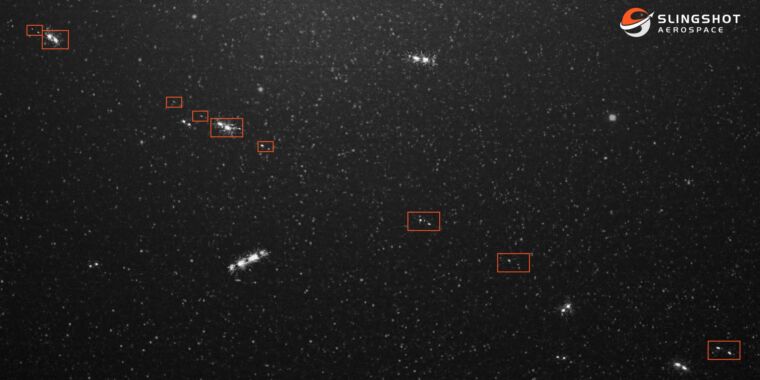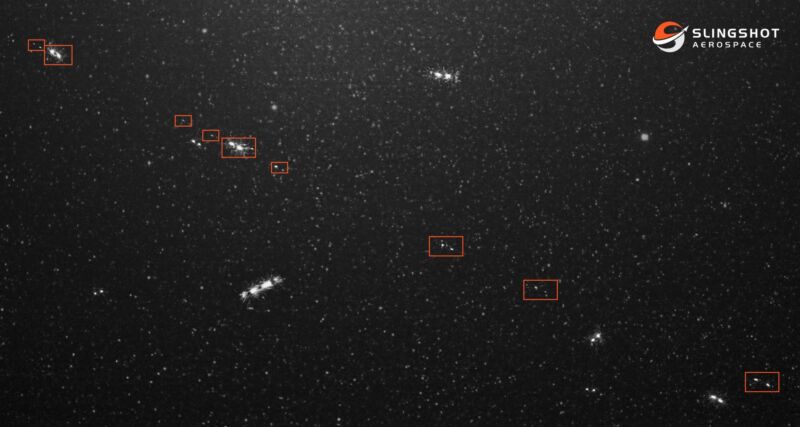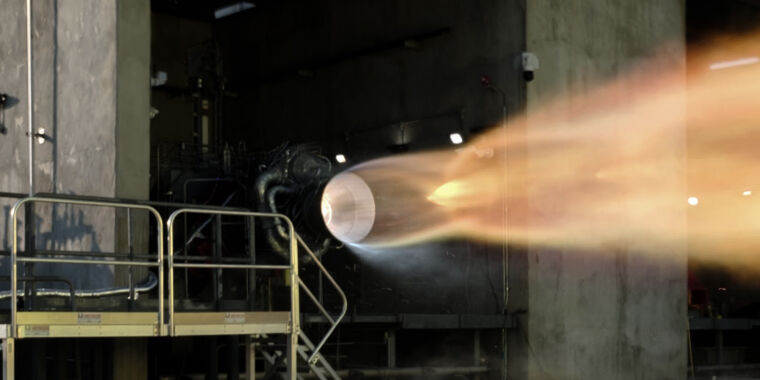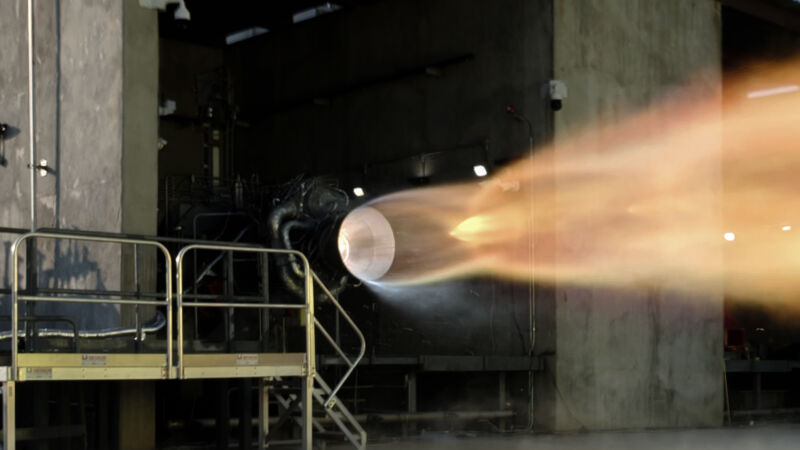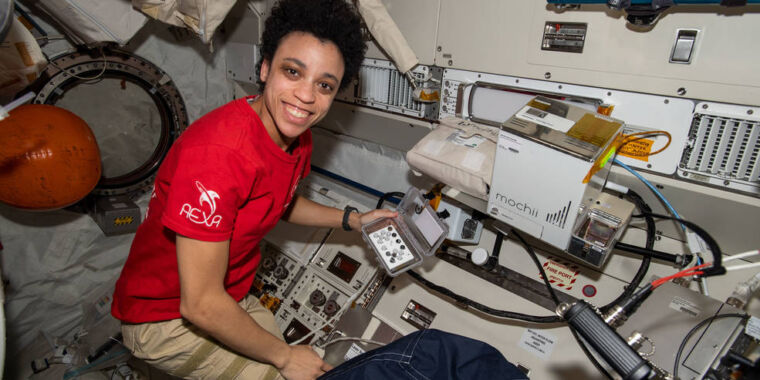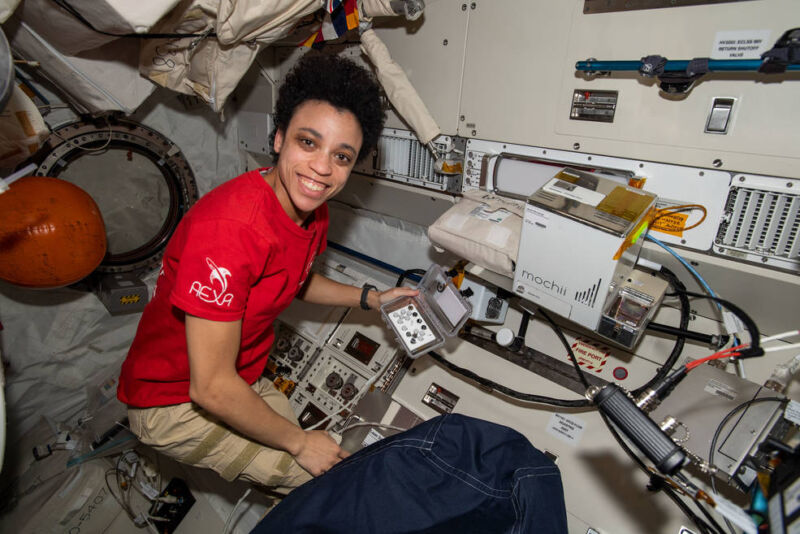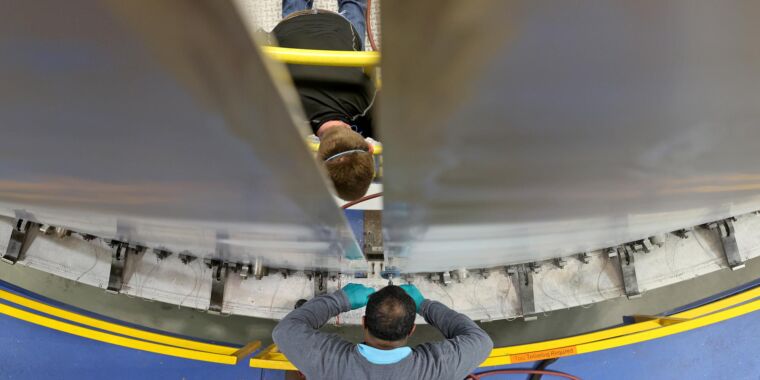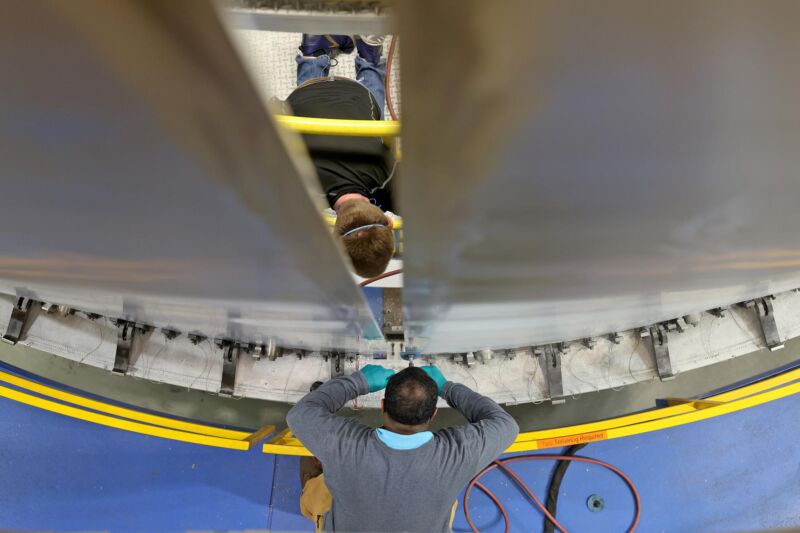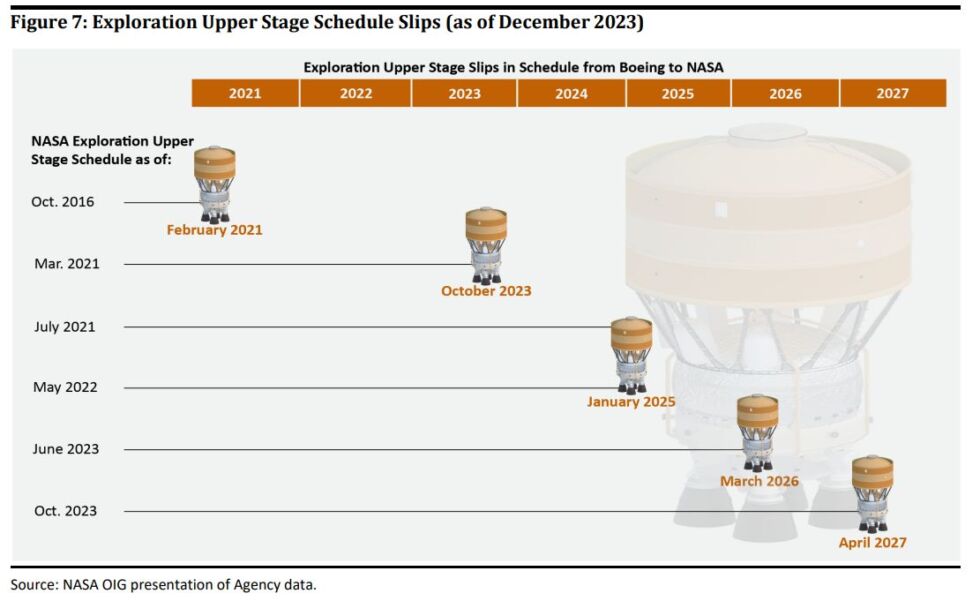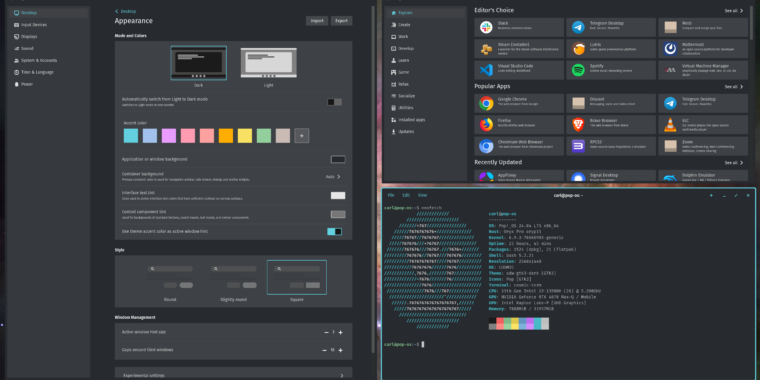Almost unfixable “Sinkclose” bug affects hundreds of millions of AMD chips
Deep insecurity —
Worse-case scenario: “You basically have to throw your computer away.”
Security flaws in your computer’s firmware, the deep-seated code that loads first when you turn the machine on and controls even how its operating system boots up, have long been a target for hackers looking for a stealthy foothold. But only rarely does that kind of vulnerability appear not in the firmware of any particular computer maker, but in the chips found across hundreds of millions of PCs and servers. Now security researchers have found one such flaw that has persisted in AMD processors for decades, and that would allow malware to burrow deep enough into a computer’s memory that, in many cases, it may be easier to discard a machine than to disinfect it.
At the Defcon hacker conference, Enrique Nissim and Krzysztof Okupski, researchers from the security firm IOActive, plan to present a vulnerability in AMD chips they’re calling Sinkclose. The flaw would allow hackers to run their own code in one of the most privileged modes of an AMD processor, known as System Management Mode, designed to be reserved only for a specific, protected portion of its firmware. IOActive’s researchers warn that it affects virtually all AMD chips dating back to 2006, or possibly even earlier.

Nissim and Okupski note that exploiting the bug would require hackers to already have obtained relatively deep access to an AMD-based PC or server, but that the Sinkclose flaw would then allow them to plant their malicious code far deeper still. In fact, for any machine with one of the vulnerable AMD chips, the IOActive researchers warn that an attacker could infect the computer with malware known as a “bootkit” that evades antivirus tools and is potentially invisible to the operating system, while offering a hacker full access to tamper with the machine and surveil its activity. For systems with certain faulty configurations in how a computer maker implemented AMD’s security feature known as Platform Secure Boot—which the researchers warn encompasses the large majority of the systems they tested—a malware infection installed via Sinkclose could be harder yet to detect or remediate, they say, surviving even a reinstallation of the operating system.
“Imagine nation-state hackers or whoever wants to persist on your system. Even if you wipe your drive clean, it’s still going to be there,” says Okupski. “It’s going to be nearly undetectable and nearly unpatchable.” Only opening a computer’s case, physically connecting directly to a certain portion of its memory chips with a hardware-based programming tool known as SPI Flash programmer and meticulously scouring the memory would allow the malware to be removed, Okupski says.
Nissim sums up that worst-case scenario in more practical terms: “You basically have to throw your computer away.”
In a statement shared with WIRED, AMD acknowledged IOActive’s findings, thanked the researchers for their work, and noted that it has “released mitigation options for its AMD EPYC datacenter products and AMD Ryzen PC products, with mitigations for AMD embedded products coming soon.” (The term “embedded,” in this case, refers to AMD chips found in systems such as industrial devices and cars.) For its EPYC processors designed for use in data-center servers, specifically, the company noted that it released patches earlier this year. AMD declined to answer questions in advance about how it intends to fix the Sinkclose vulnerability, or for exactly which devices and when, but it pointed to a full list of affected products that can be found on its website’s security bulletin page.
Almost unfixable “Sinkclose” bug affects hundreds of millions of AMD chips Read More »



